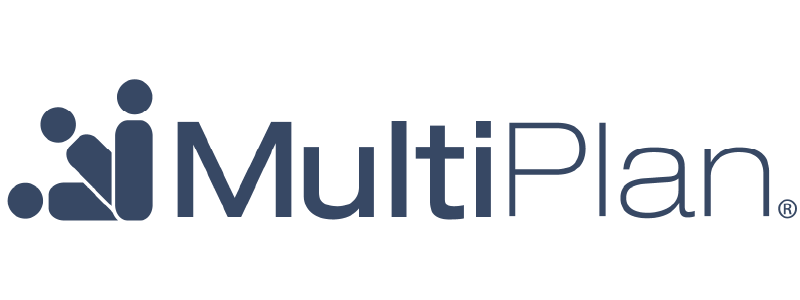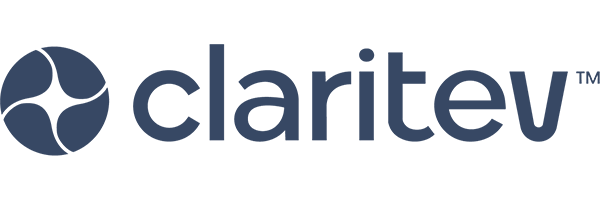
It’s June, and in cities and towns from sea to sea, the colors of Pride are flying. It was sparked into existence in 1969 as an act of retaliation against police raids of the Stonewall Inn bar in Greenwich Village, a Mafia-owned (translate: protected) dive that was a sanctuary for some of the most disenfranchised and poor of the gay and lesbian community at a time when such havens were precious. Fifty years ago, being gay was a crime in 49 states, and forceful reminders of the law were common. In fact, the events surrounding the Stonewall were not the first acts of Gay and Lesbian activism around the United States during the 1950’s and 60’s, but it was the one used to galvanize the community toward building an organized movement that we know today as Pride. The first annual Pride parades began within a year of the Stonewall Inn protests, and were markedly and deliberately joyful remembrances, not somber or angry marches, as the organizers recognized that a fun parade was a better platform for changing minds and bringing people out to watch and participate than more serious and political counterparts. If you’ve been to a Pride parade recently, you’d have to agree it’s a point well made.
The history of Pride is a richly woven flag of challenges and successes for the LGBTQ+ community and its ever-growing numbers of straight allies, and keeping the awareness of the past entwined with current efforts to accept, understand, and pursue equality for all people creates an informed infrastructure on which future generations can build and develop deeper elasticity and inclusion. We have an amazing platform each year on which to spend dedicated time spreading focused, positive information through education, events and resources. Even the simplest act of wearing or decorating with the rainbow flag is a beacon of hope, an invitation to mindfully, authentically engage and support our friends, our colleagues, and those we perceive as different from ourselves. In so doing, we create a responsive, resilient community that is far more prepared to take on the current and future socio-political and cultural pressures that will certainly continue to arise. In these 30 days, we have opportunities that have immense power to change lives today, with far-reaching echoes into the untold tomorrows of the future.
There are matters of grave importance threatening all corners of our social fabric that are especially impactful to those who are marginalized by hatred, prejudice, and violence. As richly diverse and thriving as our LGBTQ+ communities are, the perseverance of such societal headwinds acts as a catalyst for increased instances of substance abuse disorders, depression, anxiety, and other mental health issues. As positive and uplifting as Pride is designed to be, many find that Pride Month is also the time to feel the grief of losing family or friends in the process of seeking acceptance. For some, it may be the first time they have openly expressed their sexuality or gender identity, and they now hold their breath, awaiting an aftermath they have feared in silence and isolation. Among the colors and pageantry, there isfear. There isloneliness. There is need. After the parades are over, too many furtively peel away their colors and hope that they won’t be attacked before they get home, or worse, when they do. For us, our brothers, and our sisters who are struggling to understand and express their identity, whether new, or newly out for the world to see, the vulnerability is intense, and the availability of opioids, alcohol, and other substances has a tempting allure. Having safe spaces and open arms available for discovering and standing up for our truest selves is universally vital for healthy communities, and making sure to include and support those who are LGBTQ+ is a big part of why Pride in all its forms is critical. As we develop and extend services and support specifically tailored to the needs of the LGBTQ+ family, we spread the word to the world that fostering equal rights does not have to mean asking any community to reshape itself to the form of another in order to be accepted. At La Ventana, we offer an LGBTQ-specific Alcoholics Anonymous meeting as an option for community support within our range of treatment programs, and continue our mission of inclusive, empowered, and non-judgmental healing.
When asked what Pride Month means, the responses are passionate: “Pride is a celebration of… freedom of expression — it’s a party to recognize the beautiful privilege of being alive and a reminder that we are all one species, and that we should support and love each other unconditionally.” While changes have been proposed to the ubiquitous Rainbow Flag to embrace more facets of the community, the meaning behind the current version remains unwaveringly true. Red celebrates the gift of Life; Orange stands for Healing deserved by everyone; Yellow is the sunlight that shines on us all; Green is Nature that sustains all Life; Blue is for the Harmony of all people, for which we continue to strive; and Violet is for the undeniable Spirit that binds all humanity together.
Inspiring change requires compassion, mutual respect, creativity, and dedication – many people acting as a single community, rich in diversity and uniqueness, sharing a common goal. This year represents 50 years of hard work, suffering, and progress that inspiration has brought to life. Raise your flags, join the celebrations, listen to the ripple of history and carry it forward, so that tomorrow, next year, and 50 years from now, Pride is truly celebrated in our hearts and minds all year through.













